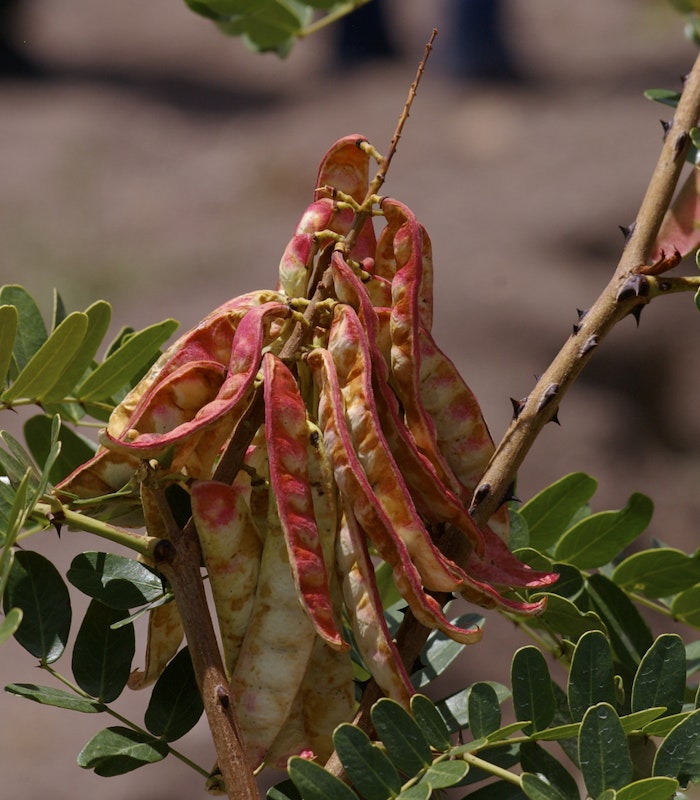The applications of Tara Gum, like Locust Bean Gum, lie in thermally-processed foods —whether frozen, stored refrigerated or stored at room temperature. These applications fall into two major groups: thickeners and gelling systems, both which also include moisture management. Heated sauces, fillings, pasteurized dairy products and dairy alternatives all leverage the thickening and moisture management functionality of Tara Gum. These systems may also involve the gelling synergies with proteins, starch and other hydrocolloids (xanthan, Carrageenan, Agar). Like Locust Bean Gum, Tara Gum is also tolerant of high solids and thus is used in high sugar products such as gummy-type confections, gelled confectionary centers,fruit fillings, icings and glazes. The moisture management functionalty also contributes to increased freeze-thaw stability in frozen desserts and entres for extended shelf life and high product quality through freeze/thaw stress. Tara Gum can also be used as a cost-effective, clean label and 100% organic alternative for Locust Bean Gum in most applications. Usage levels must be evaluated since in most applications a reduction is usage level is required compared to Locust Bean Gum, however. Like Guar Gum and Locust Bean Gum, Tara Gum is available in standard, 100% Organic and TrueGum™ grades.

Tara Gum
Common Names
- Tara Gum
- Peruvian Carob
Functionality
- Thickener
- Heat Activation
- Synergies
Quality
- Viscosity
- Particle Size
Applications for Tara Gum
Botanical Sources
Tara Gum is produced from the legume seeds of Caesalpiniaspinosa or Tara spinosa which are native to and cultivated in the Cordillera region in South America (Peru, Bolivia, Chile and Argentina). Tara plants are known to tolerate the poor soil and dry climates of elevations of up to 3000 meters above sea level. The red seed pods are harvested annually from this perennial tree/bush after plants reach maturity at 4-5 yrs of age. The seeds are removed from the pods for production of the powder we know as Tara Gum. The pods are used as an excellent source of tannins and natural acids used in the leather and textile industries. The protein content in the powder results from the embryo portion of the seeds.

Polymer Chemistry
Tara Gum is a galactomanan, like Guar and Locust Bean Gums. The linear polymer chain of mannose units joined by β (1-4)-D linkages contains galactose substitutions attached with an α (1-6) linkage. The overall proportion of mannose to galactose is approximately 3:1. Only partial functionality is achieved in cold applications. Full functionality and synergies require the addition of heat in product processing. The Tara Gum synergies include increased viscosity (Guar Gum and Cellulose Gum) and elastic gel formation (Xanthan Gum or Carrageenan). Tara Gum is also synergistic with starch. The pH in solution is near neutral (5-7).
